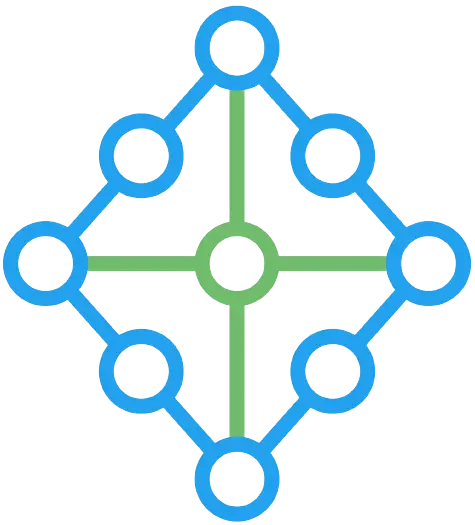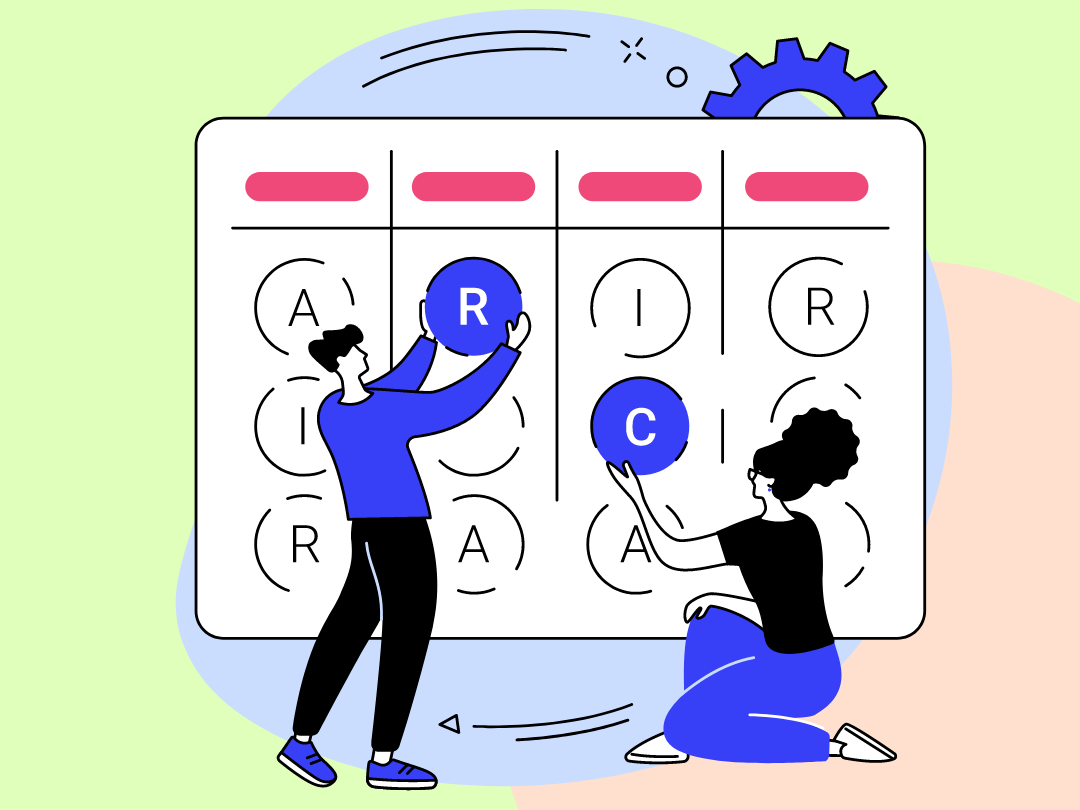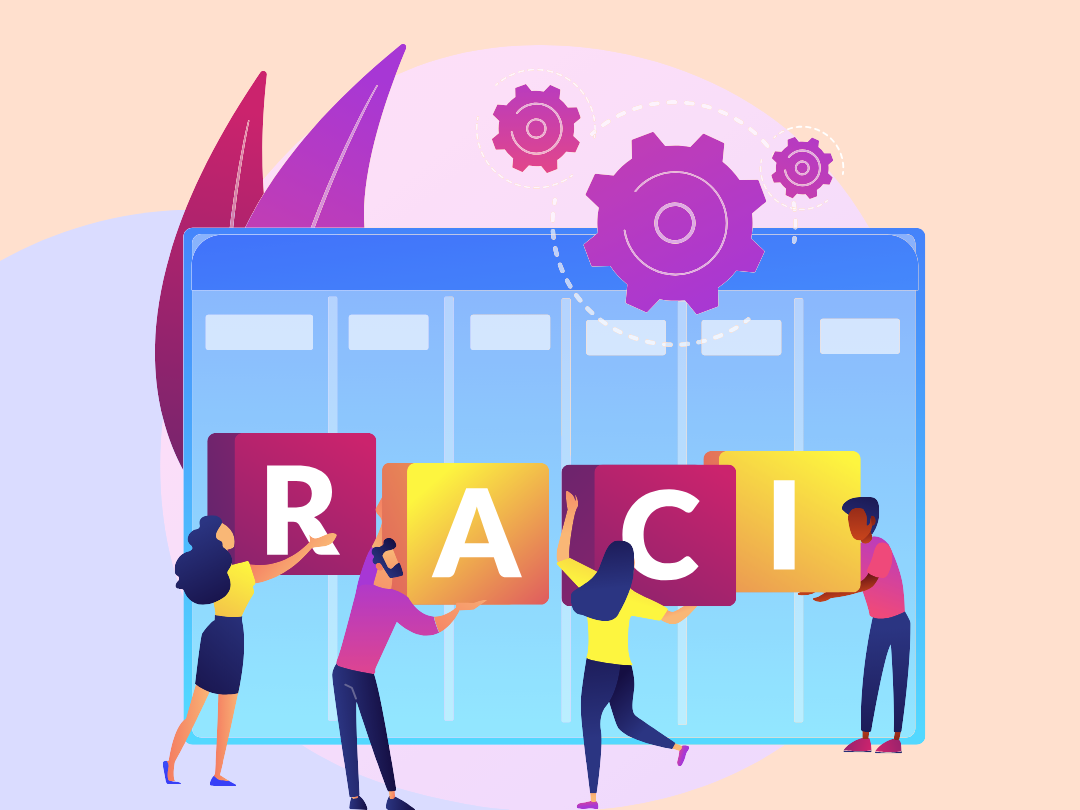The Role of RACI Matrix in Agile and Remote Work Environments
Unlocking Collaboration
Share:
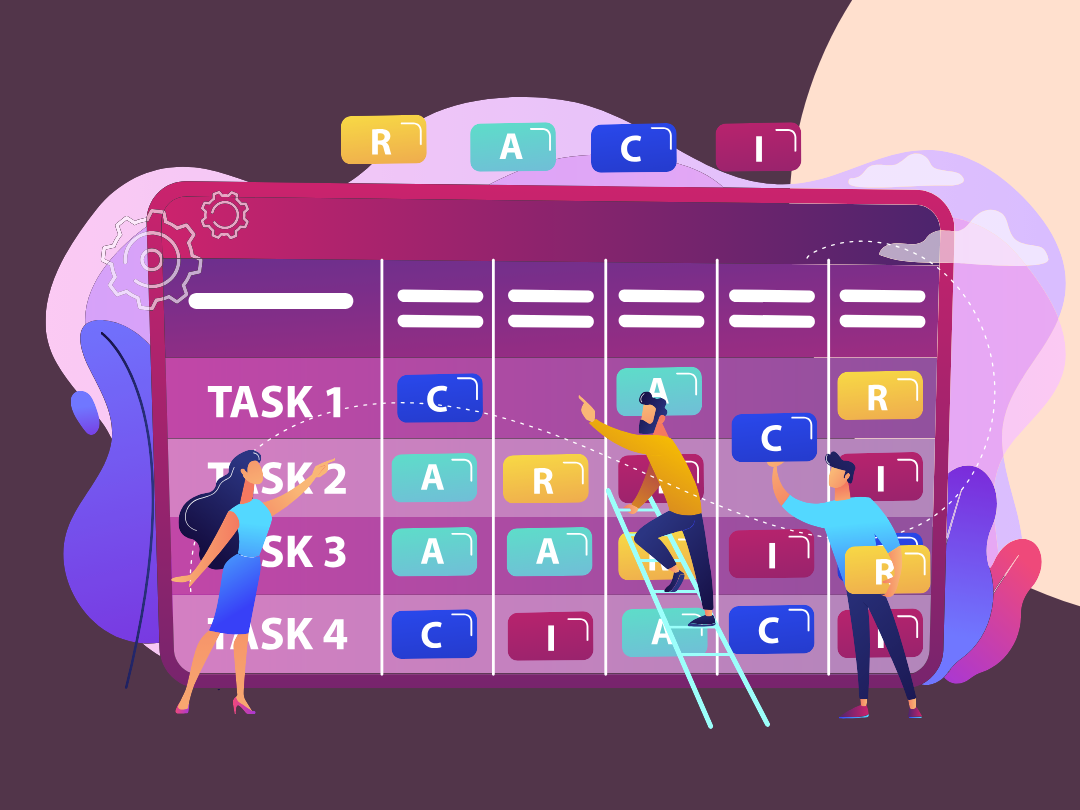
Get to know about:
In today’s rapidly evolving work landscape, characterized by the widespread adoption of agile methodologies and the rise of remote work, effective collaboration has never been more critical. Agile teams thrive on adaptability, flexibility, and close collaboration, while remote work introduces unique challenges related to communication and coordination.
Amidst these dynamics, the RACI Matrix emerges as a linchpin, offering a structured framework that fosters alignment, accountability, and transparency. Let’s explore in detail how the RACI Matrix plays a pivotal role in empowering agile and remote teams to succeed in their endeavors.
Embracing Flexibility and Agility
Agile methodologies, such as Scrum and Kanban, emphasize iterative development, continuous improvement, and cross-functional collaboration. The RACI Matrix aligns seamlessly with agile principles, providing teams with a structured approach to defining roles, responsibilities, and workflows. By clearly delineating who is responsible, accountable, consulted, and informed for each task or deliverable, the RACI Matrix ensures that agile teams can work cohesively towards shared goals, adapt to changing requirements, and deliver value incrementally.
- Defining Agile Roles: The RACI Matrix enables agile teams to define roles such as Product Owner, Scrum Master, and Development Team, ensuring clarity on responsibilities and accountabilities within the agile framework.
- Supporting Sprint Planning: Within the agile framework, sprint planning involves prioritizing backlog items and assigning tasks for each sprint. The RACI Matrix aids in this process by identifying who is responsible for executing each task, ensuring a smooth and organized sprint planning session.
Fostering Cross-Functional Collaboration:
Agile teams are typically composed of individuals with diverse skill sets and expertise, spanning various disciplines such as development, design, testing, and product management.
The RACI Matrix serves as a unifying framework that bridges the gap between these cross-functional teams, ensuring that everyone understands their role in the project and how it contributes to the overall objectives.
- Clear Task Allocation: The RACI Matrix facilitates clear task allocation across cross-functional teams, ensuring that each team member understands their responsibilities and dependencies within the project.
- Encouraging Collaboration: By defining roles such as “Consulted” and “Informed,” the RACI Matrix encourages collaboration and communication among cross-functional teams, fostering a culture of shared responsibility and teamwork.
Supporting Remote Work Dynamics:
The shift towards remote work introduces unique challenges related to communication, collaboration, and visibility. Remote teams often face issues such as isolation, miscommunication, and difficulty in tracking progress. The RACI Matrix addresses these challenges by providing remote teams with a centralized framework for alignment and accountability.
- Remote Accessibility: It can be accessed and updated remotely, ensuring that all team members, regardless of their location, have real-time visibility into project tasks and responsibilities.
- Promoting Transparency: Remote teams rely heavily on transparency to stay connected and aligned. The RACI Matrix promotes transparency by providing a clear overview of project roles and responsibilities, fostering trust and accountability among remote team members.
Enhancing Transparency and Visibility
Transparency and visibility are essential components of successful agile and remote work environments. The RACI Matrix enhances transparency by providing stakeholders with a clear overview of project tasks, roles, and responsibilities.
- Project Dashboards: Integrating the matrix into project dashboards and status reports provides stakeholders with real-time updates on project progress, milestones, and changes, enhancing transparency and visibility across the organization.
- Automated Notifications: Automated notifications and alerts ensure that stakeholders are informed about project updates and changes, promoting proactive communication and collaboration among team members.
Facilitating Iterative Development
Agile methodologies advocate for iterative development, where projects progress through a series of short iterations or sprints, each focused on delivering a shippable product increment. The RACI Matrix supports this iterative approach by providing teams with a structured framework for planning, executing, and reviewing tasks within each sprint.
- Sprint Planning: The RACI Matrix aids in sprint planning by identifying who is responsible for executing each task and ensuring that sprint backlog items are prioritized effectively, allowing teams to deliver value to stakeholders at the end of each iteration.
- Iterative Feedback: By promoting transparency and accountability, it facilitates iterative feedback and continuous improvement, allowing agile teams to adapt and refine their processes based on stakeholder feedback and changing requirements.
Conclusion
In short, the RACI Matrix is key for empowering agile and remote teams. It helps them collaborate effectively, adapt to changes, and deliver value. By embracing agile principles and fostering cross-functional collaboration, it guides teams in succeeding. As organizations embrace agile and remote work, the RACI Matrix remains invaluable. Moreover, introducing the RASCI framework enhances clarity in defining roles, streamlining decision-making, and aligning teams.
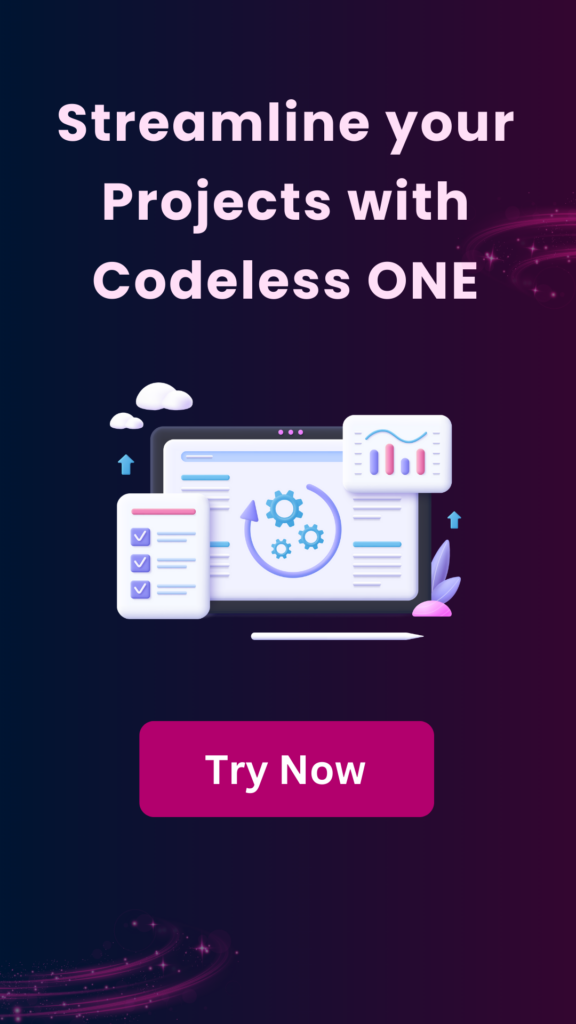
Streamline your Projects Easily.
No-Code development platform for all your unique projects.
